Osotyn
Systemic herbicide for the control of annual dicotyledonous and perennial rhizome problem weeds
Characteristics of the drug
Active substance:
Clopyralid, 750 g/kg
Preparation form:
Water-dispersible granules
Packaging:
2 g, 10 g, 100 g
Toxicity class:
III class
Application rates
| CROPS | HARMFUL OBJECTS | RATE | |
|---|---|---|---|
| KG/ HECTARE | G/Acre | ||
| Rape, sugar beets | Annual dicot weeds (peas, chamomile (species) mustard (species)), perennial rhizome weeds (pink and yellow thistles, wild lettuce) | 0,12 -0,2 | 2 g per 3-5 liters of water |
| MAY APPLY IN PRACTICE | |||
| Strawberry | Annual dicot weeds (peas, chamomile (species) mustard (species)), perennial rhizome weeds (pink and yellow thistles, wild lettuce) | 0,2 | 2 g per 3-5 liters of water |
| Lawn grasses | 0,12-0,2 | 1.2-2 g per 3-5 liters of water | |
| Garlic, onion | 0,1-0,16 | 1-1.6 g per 3-5 liters of water | |
| Spring and winter wheat, spring and winter barley, millet, oats | 0,12 | 1.2 g per 3-5 liters of water | |
Benefits
-
Cleans crop rotation from thistles: has an exceptional effect on them in almost all phases of growth
-
The drug allows you not to worry if it rains 2 hours after application
-
The main advantage of the drug is that it does not form resistant forms with long-term use
-
Successfully suppresses a number of other problematic weeds - both annual and perennial, including taproot
-
A good partner for tank mixes with fungicides and insecticides
-
Effective protection of the lawn from weeds
Mode of action
Clopyralid is absorbed by plants, while the drug itself does not undergo any chemical transformations. Absorption by leaves and roots is possible, but mainly by leaves. It moves quickly through the plant and causes external signs of damage.
Compatibility
The drug is well compatible with insecticides Blyskavka, Ratibor Bio; herbicides Oberig, Hlibodar; fungicides Source, Wizard; Sayvo. If there are doubts about compatibility with another drug, we recommend conducting a preliminary test.
Additional Information
Manual work on crops should be carried out no earlier than 7 days after processing, and mechanized – after 3.
Features of use
The most favorable time to apply the drug is in the morning or in the evening. The optimal air temperature is from +10 to +23°С. The most effective period for application is the phase of intensive weed growth (thistles in the rosette phase, no more than 20 cm high). Visual signs of the effect of the drug appear after 4-7 days, and the complete death of weeds occurs after 10-15 days.
It can be used at a temperature of +5 – 6 °C, but the treated weeds must be vegetative (at the stage of active growth). Processing at low temperatures does not affect the effectiveness of the drug, but only slightly increases the duration of the onset of weed death. Precipitation 2 hours after application of the herbicide Osotyn does not affect its effectiveness.
Spectrum of action
-
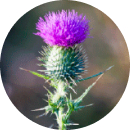 Thistle ( yellow and pink)
Thistle ( yellow and pink)
-
 Unscented chamomile (field)
Unscented chamomile (field) -
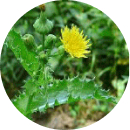 Dandelion
Dandelion -
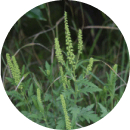 Ragweed
Ragweed -
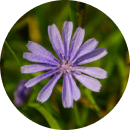 Lettuce
Lettuce -
 Bitter gourd (species)
Bitter gourd (species)
-
 Stinking chamomile
Stinking chamomile -
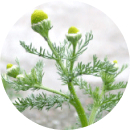 Chamomile (types)
Chamomile (types) -
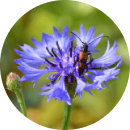 Cornflower blue
Cornflower blue -
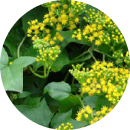 Groundsel
Groundsel -
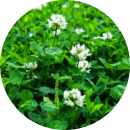 Clover
Clover -
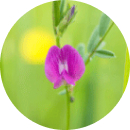 Sow peas
Sow peas
-
 Thistle ( yellow and pink)
Thistle ( yellow and pink)
-
 Unscented chamomile (field)
Unscented chamomile (field) -
 Dandelion
Dandelion -
 Ragweed
Ragweed -
 Lettuce
Lettuce -
 Bitter gourd (species)
Bitter gourd (species) -
 Stinking chamomile
Stinking chamomile -
 Chamomile (types)
Chamomile (types) -
 Cornflower blue
Cornflower blue -
 Groundsel
Groundsel -
 Clover
Clover -
 Sow peas
Sow peas
Crops
Rapeseed, sugar beets, strawberries, lawn grasses, garlic, onions, spring and winter wheat, spring and winter barley, millet, oats




